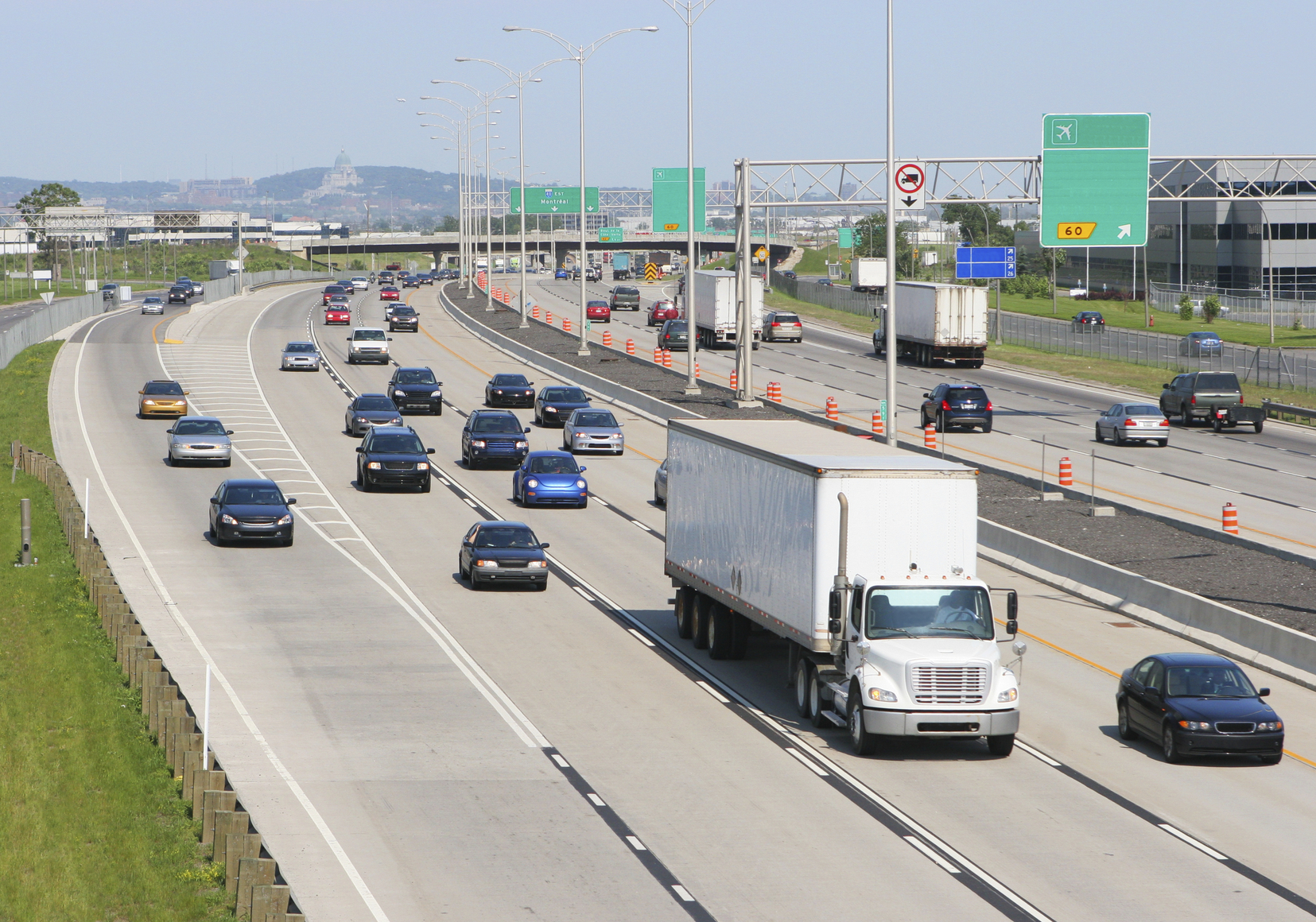Safe Driving During A Busy Time of Year
SPRINGTIME AND EARLY SUMMER can be particularly demanding on commercial vehicle drivers. It’s a time of year when motor carriers often see an increase in business activity, with shipping/volume demands up and more passenger trips being booked, and professional drivers experiencing changes in schedules and/or routes.
This year, commercial drivers can also expect a spike in civilian motorists from the combination of warmer weather, vacations and lower fuel costs, meaning the roads will be much more crowded as summer approaches. In fact, between Memorial Day and Labor Day, more drivers hit the nation’s roadways than at any other time of the year.
Here are some simple thoughts to help manage these driving challenges:
- Get more rest. Changes in schedules, new routes, or additional driving time combined with longer daylight hours mean that you may be cheating yourself of sleep and, consequently, increasing the risk associated with fatigue. While you may legally be operating within the hours-of-service regulations, these changes can have a negative effect on your body. The only way to ensure that you are well-rested is by getting the proper amount of sleep before getting behind the wheel. While on the road, keep hydrated and take frequent breaks, getting out of the vehicle to stretch and conduct safety checks. Eat smart, sticking with small, light meals and ensure that there is good ventilation inside the vehicle. Also, wear a good pair of sunglasses to cut down on glare and the effects of eye fatigue.
- Plan your route in advance and check ahead for construction zones and anticipated traffic bottlenecks. Knowing before you go will assist you with when and where you will encounter challenging driving situations and traffic. Radio reports and traffic websites can be invaluable in providing up-to-the-minute information. Avoid peak traffic hours, if possible, and allow yourself extra time to reach your destination.
- Reduce your speed and increase your following distance. Carefully manage speed and space to make it easier to spot potential problems and allow yourself more time to respond in any weather, road, or traffic conditions. If traveling in a multi-vehicle group, leave at least five minutes apart and resist the temptation to “stay close” to the group’s vehicles. Avoid caravanning by increasing following distance. Every commercial vehicle should be managed as an individual vehicle even if working with other vehicles in a group.
- Signal your intentions and check your mirrors prior to any lane change. A simple technique is to “lean in and look” when checking your mirrors in order to better see what may be happening in your vehicle’s blind spots.
- Take some extra time during your pre- and post-trip vehicle checks. Proper pre- and post-trip vehicle inspections are the best ways to:
- Catch unsafe conditions before they cause an accident
- Spot mechanical problems before they lead to unexpected breakdowns
- Avoid costly repairs and delays, and stay in regulatory compliance. And, while your vehicle may work flawlessly, others may not be so lucky. Be on the lookout for motorists experiencing overheated vehicles or tire problems.
With many drivers thinking only about the fun the warmer weather can bring, it’s up to professionals like you to set the best example with your own driving. Demonstrate respect for road rules, eliminate distractions and exercise proper decision-making. Above all, slow down and open up the space in front of you to help avoid problems caused by the poor judgment of other drivers. By doing so, you can help prepare for all the challenges the demanding months ahead can bring.
Owner Operator Direct provides low cost commercial truck insurance specifically for owner operators. Are you paying too much for less coverage? Only one way to find out...

